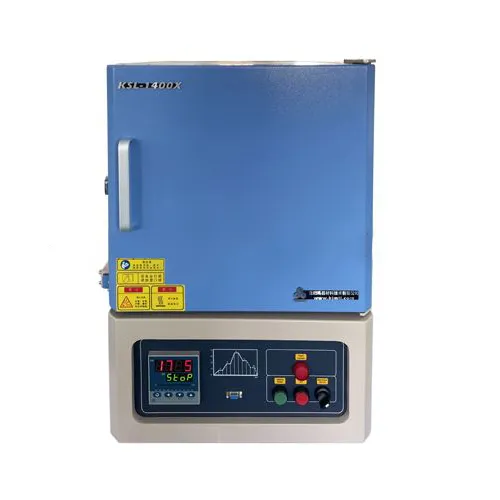
Temperature Setting in a Laboratory Box Furnace
2025-08-21 11:52A laboratory box furnace is a heating device commonly used in laboratories and industrial production. Its temperature setting has a significant impact on experimental results and product quality.
Before using a laboratory box furnace, the following aspects should be considered:
1. Understand the temperature tolerance range of the material. Different materials have different high-temperature resistance properties. Excessively high temperatures can cause deformation, melting, or damage. Therefore, when setting the temperature of a high-temperature box furnace, you should refer to the material's temperature tolerance range to ensure that the selected temperature does not exceed this range.

2. Consider actual needs and target temperatures. When setting the actual temperature, it is necessary to determine the target temperature based on specific experimental or production requirements. If testing or processing is required, it is recommended to consult relevant literature or consult an expert to understand the material's performance changes at different temperatures and select an appropriate temperature range.
3. The preheating stage is a critical step. Before setting the laboratory box furnace to the target temperature, it must be preheated. The duration of the preheating stage depends on the furnace size and equipment characteristics. It is generally recommended to raise the furnace temperature to approximately 80% of the target temperature before adjusting it to the desired temperature. This improves temperature stability and avoids thermal stress in the material caused by rapid temperature changes.
4. Uniform heating is key. To ensure uniform temperature distribution within the furnace, it is recommended to place the material to be heated in the center of the furnace, away from the furnace walls or the heat source. If multiple samples need to be heated, they should be positioned appropriately, maintaining appropriate spacing to ensure uniform temperature within the furnace.
5. Temperature monitoring and control are essential. laboratory box furnace are typically equipped with temperature sensors and control systems that monitor and adjust the furnace temperature in real time. When setting the temperature, the sensor should be calibrated using an accurate and reliable thermometer, and corrections should be made as needed.
6. Safety is a key consideration when using a laboratory box furnace. When setting up and operating a high-temperature box furnace, strictly adhere to relevant safety regulations to ensure safe operation. For example, regularly check power connections and wiring to avoid electrical faults; use personal protective equipment such as heat-resistant gloves and safety glasses; and ensure adequate ventilation to avoid the accumulation of harmful gases.
